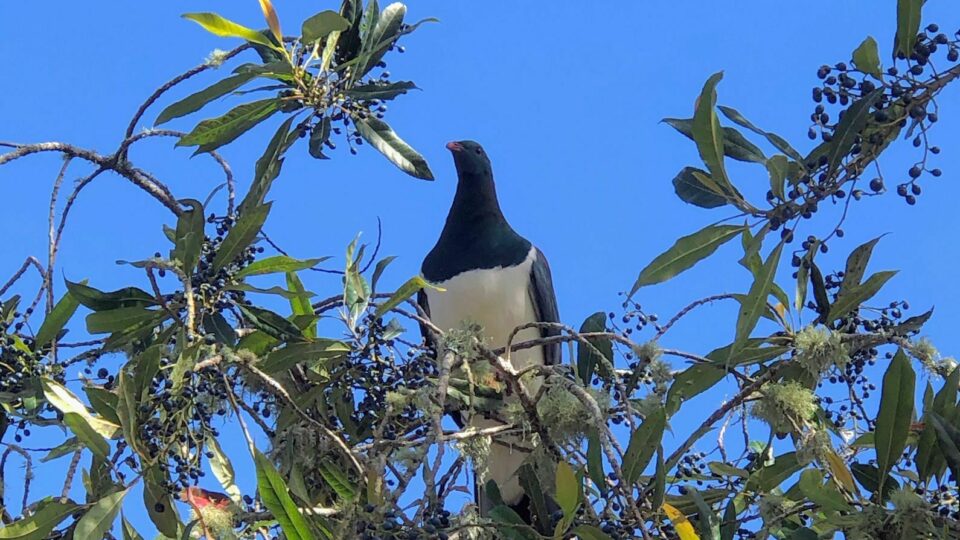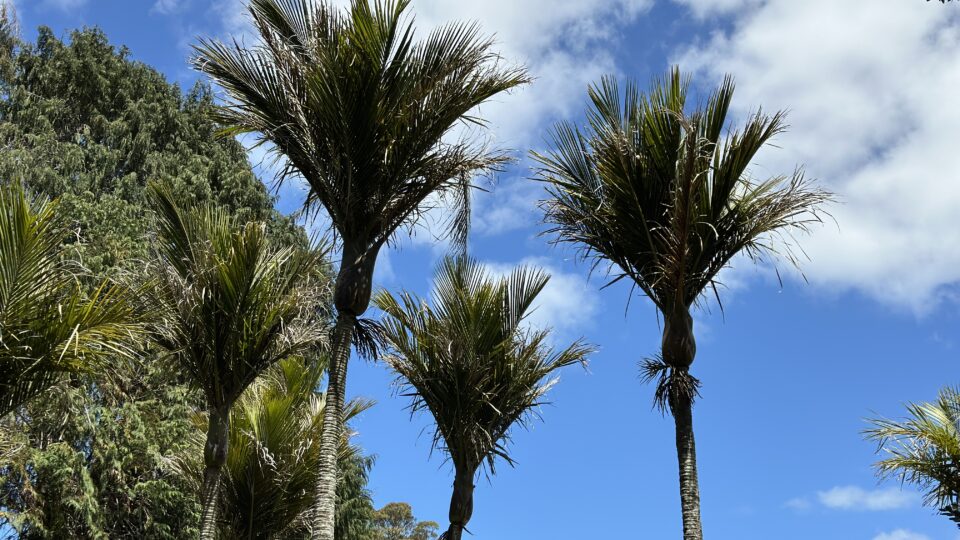Ecology
bird of the month: kererū
Kererū (Hemiphaga novaeseelandiae), also known as the New Zealand wood pigeon are endemic to Aotearoa New Zealand. They are commonly found across the country and some offshore islands. In Māori culture, kererū are considered a taonga (treasure) species, symbolising whakaaio (peace) and kaitiatikanga (guardianship). Their presence in the forest is celebrated in various stories and legends.

Ecological function
Kererū are keystone species in New Zealand's ecosystem, playing a vital role in supporting the country’s bush and biodiversity. They are capable of swallowing large seeds from native trees, such as karaka and taraire, that no other birds can consume. Additionally, they can travel tens of kilometres in a single day, effectively distributing these seeds far from their parent trees. This is crucial for the preservation of some native species and the overall maintenance of New Zealand's biodiversity.
Three things you might not know about kererū
1. Kererū are not particularly fussy eaters—they feed from over 150 species of trees. In summer, after indulging in the fruits, the sugars begin to ferment in their crop (the pouch where they store food), sometimes causing them to get tipsy and fall to the ground!
2. Kererū feed their young “pigeon milk” -- a mixture of secretion from the crop and fruit pulp. It’s full of protein that is much needed for the baby bird to grow healthy and strong.
3. Although mostly silent, kererū can make sounds like “oos” when they feel alarmed.

Where can I find them in Cornwall Park?
In Cornwall Park, kererū can often be found feeding on the fruits of trees such as karaka, taraire, pūriri, and various Coprosma species. They are most active during the early morning and late afternoon. The blueberry ash tree near the Bistro is a fantastic spot to catch a glimpse of a kererū or two. Bring binoculars for a closer look, as they can help you spot them even when they’re hidden among the leaves. And as you stroll by, keep an eye out—they might just swoop right over your head!
Main threats to kererū
Predatory species such as stoats, rats, and possums pose a significant threat to kererū by consuming their eggs and attacking adult birds. Possums also compete with kererū for food by feeding on native tree seedlings, fruits, and flowers. Furthermore, changes in land use and forest clearance can diminish kererū populations by destroying their natural habitats.

What can I do to protect them?
One of the best ways to protect our precious kererū is by planting native trees in your yard. A diverse selection of fruiting and flowering trees can provide year-round food sources for these birds. Some excellent choices include kowhai, nikau, and kohekohe.
